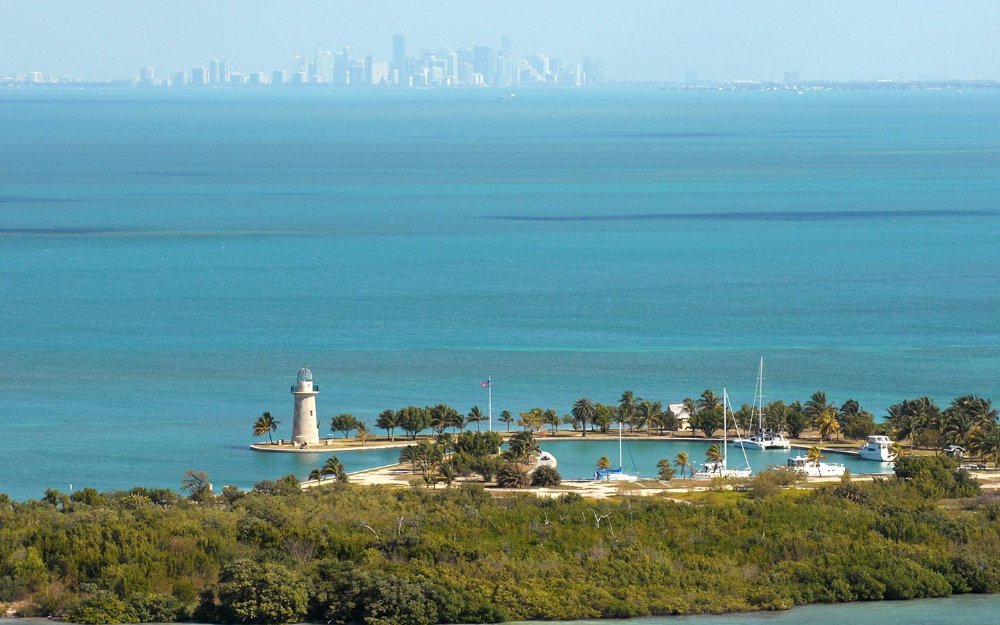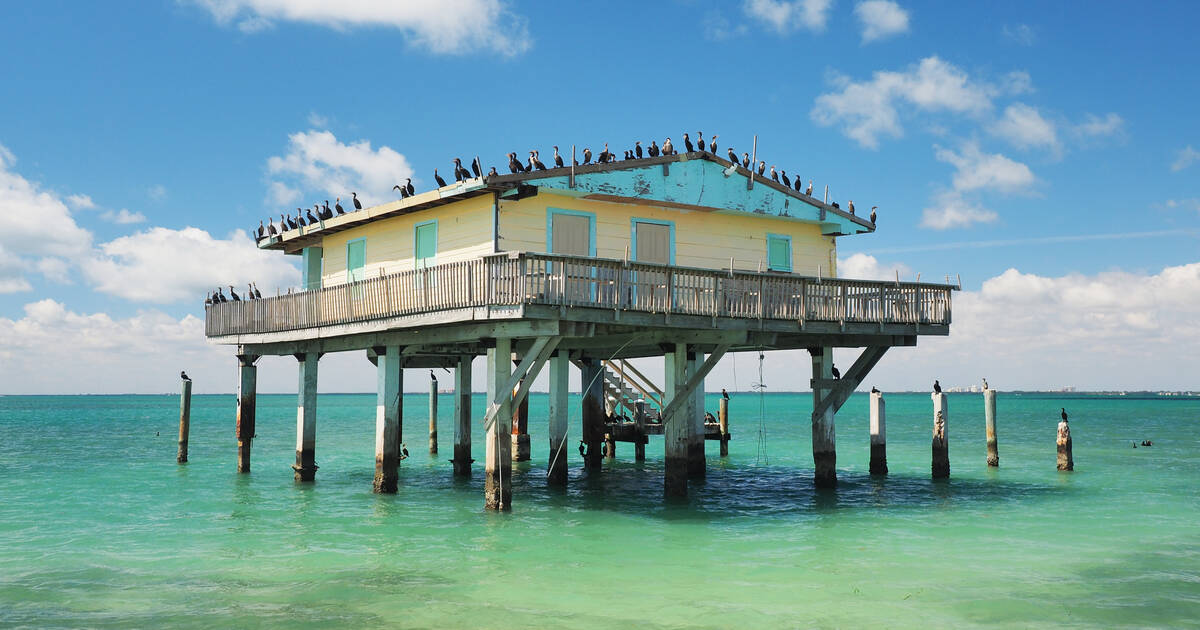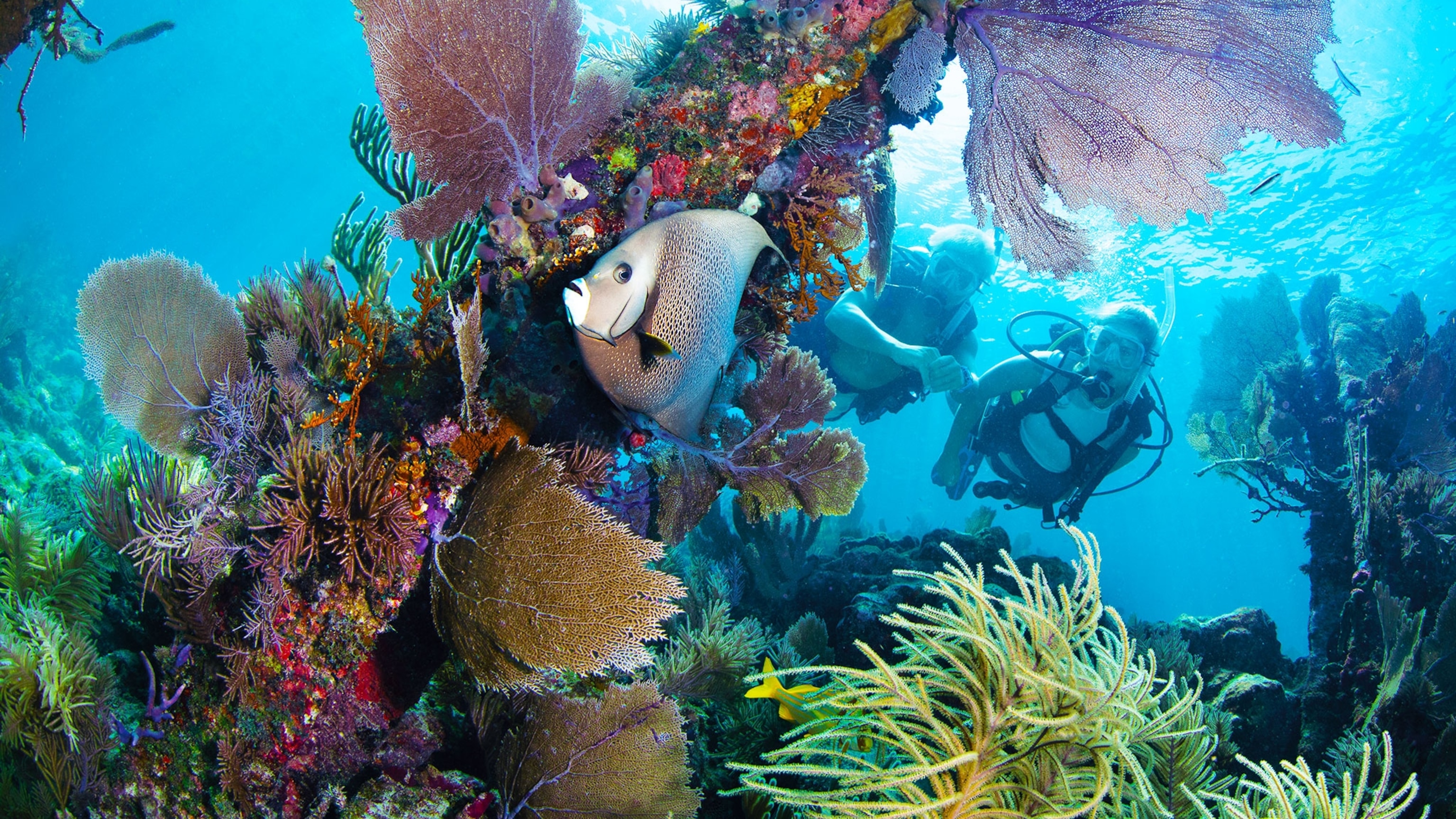If you’re looking for a national park experience that breaks away from the usual forests, mountains, and desert landscapes, Biscayne National Park is your dream destination. Located just a short drive from downtown Miami, this one-of-a-kind park is unlike any other in the U.S.—because 95% of it is underwater.
Biscayne is a vibrant marine wonderland made up of crystal-clear water, vibrant coral reefs, mangrove forests, seagrass beds, and a series of small, uninhabited islands. Whether you’re into snorkeling, boating, paddleboarding, or just soaking in peaceful coastal vibes, Biscayne delivers a refreshing, unforgettable adventure.

But because the park is mostly accessible only by boat, planning your visit takes a bit more preparation than your typical drive-up-and-hike park. Here’s everything you need to know to plan a smooth, exciting, and truly memorable trip to Biscayne National Park.
📍 Where Is Biscayne National Park?
Biscayne is located in southeast Florida, about 30 miles south of downtown Miami and just east of the city of Homestead. It sits along the northernmost part of the Florida Keys chain, where the mainland transitions into a tropical marine world filled with wildlife, shipwrecks, and island secrets.
🌊 What Makes Biscayne National Park Unique?

Biscayne stands out in the National Park System because of its focus on marine conservation and underwater ecosystems. Instead of mountain peaks or canyon vistas, you’ll find:
- The northernmost coral reef in the U.S.
- Over 500 species of fish and dozens of types of coral
- Mangrove shoreline forests teeming with life
- Historic shipwrecks and archaeological treasures
- Small, remote keys like Elliott Key and Boca Chita Key
It’s also part of the larger Biscayne Bay ecosystem, a critical habitat that supports everything from sea turtles to manatees to endangered birds.
🚤 How to Get to Biscayne National Park
🎯 Park Headquarters & Visitor Center
Start your adventure at the Dante Fascell Visitor Center, located in Homestead, Florida. It’s the park’s mainland base and your best bet for orientation, booking tours, and learning about the marine environment.
Address:
9700 SW 328th Street
Homestead, FL 33033
Things to do at the Visitor Center:
- Watch informative videos about the park
- Explore educational exhibits
- Chat with park rangers about conditions and wildlife
- Book guided trips with the park’s authorized concessioner
- Stroll the short boardwalk trail for bayfront views
Pro tip: While you can see Biscayne from shore, to actually explore most of the park, you’ll need to get on the water—either via tour boat, kayak, paddleboard, or private vessel.
🚣 Top Things to Do in Biscayne National Park

1. 🐠 Snorkeling and Scuba Diving
This is the highlight of any visit. The water here is warm, clear, and full of life. You’ll find colorful coral reefs, tropical fish, sea turtles, and even rays gliding by.
Top snorkeling/diving spots:
- Mandalay Shipwreck
- Horseshoe Reef
- Elliott Key Reefs
Tip: Book a guided snorkeling tour through Biscayne National Park Institute, the park’s official outfitter.
2. 🛥️ Boat Tours
Since most of the park is inaccessible by car, boat tours are the easiest and most informative way to explore. Options range from short cruises to full-day island-hopping adventures.
Popular boat tours include:
- Snorkeling & reef exploration trips
- Heritage trail shipwreck tours
- Island visits to Boca Chita Key and Elliott Key
3. 🏝️ Island Visits
- Boca Chita Key:
Features a historic lighthouse, scenic picnic spots, and some of the best water views in the park. - Elliott Key:
The park’s largest island, great for camping, hiking, and swimming. Accessible only by boat.
4. 🛶 Kayaking and Paddleboarding
Paddle through mangrove forests and shallow coves along the coast. You can launch from the park’s headquarters or take a guided paddle trip.
5. 🌅 Wildlife Watching
Keep an eye out for:
- Manatees
- Spotted eagle rays
- Dolphins
- Nesting birds
- Sea turtles (seasonal)
Bring binoculars and a waterproof camera—you’ll be surrounded by wildlife at nearly every turn.
6. ⛺ Camping
Elliott Key and Boca Chita Key both offer boat-in campsites—perfect if you want to spend the night under the stars.
Note: No services are available on the islands (no food, showers, or water), so you’ll need to bring everything with you.
📅 Best Time to Visit Biscayne National Park

☀️ High Season: December to April
- Dry, mild weather
- Crystal-clear water
- Great for snorkeling and diving
- Most popular time, so book tours early
🌧️ Wet Season: May to October
- Warmer and more humid
- Higher chance of rain or storms (especially August–October)
- Fewer crowds
- Still great for water sports—just monitor weather forecasts
🐢 Bonus: Turtle Nesting Season
- Occurs from May through September
- If you’re lucky, you might see hatchlings on the islands or in the water
🎟️ Fees and Permits
- Park Entry: FREE
There is no entrance fee for Biscayne National Park. - Boat Tours / Snorkeling / Rentals: Varies by operator.
Most tours range between $50–$100+ per person, depending on length and activity. - Camping Fees:
$25 per night for boat-in sites on Elliott Key and Boca Chita Key. Reservations can be made through Recreation.gov. - Boating Permits:
Private boats don’t need a permit to enter, but you must follow no-wake zones and marine protection guidelines.
🧳 What to Bring
- Snorkeling gear or rent it with a tour
- Sun protection (reef-safe sunscreen, hat, sunglasses)
- Plenty of water and snacks (especially for island visits)
- Dry bag for valuables
- Swimwear and towel
- Water shoes or sandals
- Binoculars for wildlife
- Camera or GoPro
- Bug spray (especially in mangrove areas)
🧠 Fun Facts About Biscayne National Park

- Biscayne protects four distinct ecosystems: mangrove forest, shallow bay, coral reef, and offshore keys.
- The park is part of the only living coral barrier reef in the continental U.S.
- There are six historic shipwrecks you can visit as part of the Maritime Heritage Trail—great for snorkeling.
- It was designated a national park in 1980 after years of local advocacy and marine protection work.
- It’s one of the best national parks in the country for stargazing, thanks to minimal light pollution.
❓ FAQs – Visiting Biscayne National Park
Q: Can I visit Biscayne without a boat?
Yes, you can visit the Visitor Center and walk along the boardwalk, but most of the park’s highlights require a boat or guided tour. Many outfitters offer round-trip tours from the park’s marina.
Q: Is it good for families?
Absolutely. The calm, shallow waters are great for beginner snorkelers and paddlers. Just be sure to bring sun protection and snacks, as amenities on the islands are minimal.
Q: Do I need to know how to swim?
Not necessarily—but for water-based activities like snorkeling, swimming skills are recommended. Life vests are provided on all tours, and guides are trained to assist beginners.
Q: Are there sharks or dangerous animals?
Like any marine environment, Biscayne has its share of wildlife—including nurse sharks, stingrays, and jellyfish—but attacks or injuries are extremely rare. Always follow guide instructions and be respectful of the wildlife.
Q: Can I fish in the park?
Yes, but a Florida saltwater fishing license is required. Certain areas are restricted, so check with park rangers or the official website for guidelines.
🌅 Conclusion: Discover Florida’s Underwater Paradise

Biscayne National Park is one of the most unique and underrated destinations in the entire national park system. It’s a place where you don’t just hike or drive—you dive, paddle, and float your way through a world of natural beauty that most people never get to see.
Whether you’re a seasoned snorkeler, a casual nature-lover, or someone just looking for a peaceful escape from Miami’s fast pace, Biscayne has something magical to offer. Think of it as a tropical national park experience, without the need for a passport.
So grab your sunscreen, slip on your water shoes, and get ready to explore coral reefs, hidden islands, and clear blue water that feels like your own private paradise.
Because at Biscayne National Park, the adventure doesn’t happen on the road—it happens on the water. 🌊🏝️🐠
